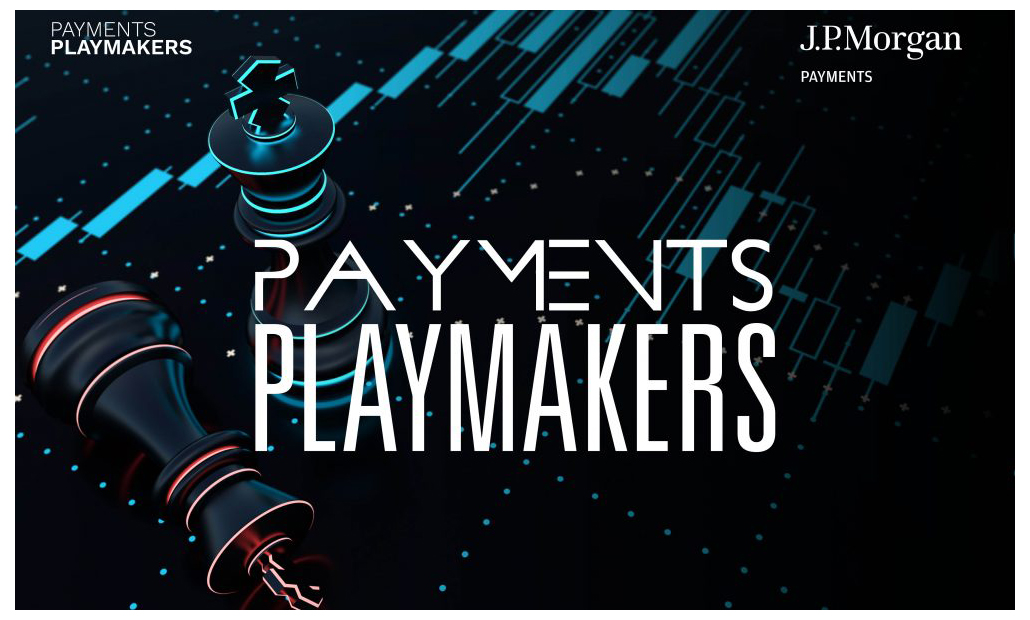Mobile payments in-store meant pairing a clunky terminal solution with a payment terminal — and a tablet in the mix.
Bluetooth was critical, and battery issues stymied the hardware. Nobody was happy, really.
Jean-Marc Thienpont, head of omnichannel and biometric solutions at J.P. Morgan Payments, and Stefan Jensen, vice president treasurer at Sephora North America, told Karen Webster that tap-to-pay is ready for a widening embrace.

Generally speaking, tap-to-pay brings incremental revenues to merchants and speeds consumer checkout — but the payment option is more than that.
It enables a variety of omnichannel journeys, where the lines between online and offline channels continue to be blurred considerably, Thienpont said.
Advertisement: Scroll to Continue
All the Features on the Phone Itself
With tap-to-pay, said Thienpont, “all of the features of the point of sale are available on the phone, and there are advanced journeys that can start with buying online and picking up in store.”
Consumers can be recognized via their devices as soon as they enter the premises. They can also have their loyalty points applied automatically upon transacting. Or, if they want something delivered that’s not in stock, they can have the item sent to their doorstep after paying for it in store — and specifically, in the aisle.
“Tap-to-pay is a fantastic compliment to the current solutions that we can propose for omnichannel,” Thienpont said.
J.P. Morgan Payments will be bringing biometrics more firmly into all commerce journeys so consumers can check out seamlessly as the face becomes the key means of authentication and of linking a payment method (a card or digital wallet) to that face, he said.
Thienpont stressed the importance of merchants’ linking with a single end-to-end provider, serving as the conductor of sorts between a variety of providers at the back end facilitating tap-to-pay. The payments functionality, he cautioned to Webster, “is a small piece of omnichannel.” Other incremental value lies with the management systems — enterprise resource planning (ERP) and inventory tracking that need to be part of the omnichannel flow, too.
Sephora’s Experience
The success of tap-to-pay is crystallized in Sephora’s own experience. Sephora was J.P. Morgan Payments’ first tap-to-pay customer in August. The process of going live — from initial conversations to launching tap-to-pay in stores — took four months. Now, tap-to-pay is available across all of Sephora’s U.S. freestanding stores in time for the looming holiday season.
For consumers and Sephora Beauty Advisors in the stores, tap-to-pay “comes naturally to them,” Jensen said.
The retail model is high-touch and high-proximity, so to speak, as Beauty Advisors work with consumers to find the right shades of makeup and the right perfumes — in short, to find exactly what they want. Once the right fits are found, the transactions can be done right there on the spot. At present, the mix is half tapping cards and half tapping phones.
“Clients will work with our Beauty Advisors to use this technology so that they do not have to stand in line,” Jensen said.
For Sephora, he said, there’s the chance to upsell products in the spur of the moment.
“All the tools are at our Beauty Advisor’s fingertips,” he said, and with tap-to-pay enabled in the store, the same Beauty Advisors have more time to interact with clients without having to go back to the register at any point. Time, after all, is a precious asset when it comes to making a sale.
“Tap-to-pay is really a game-changer in terms of letting consumers continue with their day … while being able to accommodate all those different needs, whether they are one of our Beauty Advisors or our clients,” Jensen said.
Added Thienpont: “What we want to do with omnichannel is to put the consumer at the center of the play.”
See more in the Payments Playmakers series:
How Mondelez Uses Data to Turn Consumers Into Lifelong Customers
Adobe and J.P. Morgan Payments: Why Payments in 2023 Is More Like 3D Chess Than Checkers
Data-Driven ‘Quality Touchpoints’ Drive Value-Based Healthcare Outcomes for Seniors and the Workforce